Overfill
Overfill
Overfill in Packaging
In the world of packaging, overfill refers to the practice of filling a container with more product than its labeled capacity. This can happen for various reasons, including ensuring customer satisfaction, compensating for potential product loss, or meeting legal requirements.
Why Overfill Happens
Manufacturers may choose to overfill to ensure that customers receive the amount of product they expect. This is especially common in the food and beverage industry. For example, a bag of chips might contain a few extra pieces to make up for any that might break during shipping.
Legal Requirements
In some regions, laws mandate overfilling to ensure that consumers get their money's worth. These regulations aim to protect consumers from underfilled products. Overfilling helps companies comply with these laws and avoid penalties.
Quality Control
Overfill can also be a part of quality control processes. By adding a bit more product, companies can account for any variations in the filling process. This ensures that each package meets the minimum weight or volume requirements.
Impact on Costs
While overfilling can improve customer satisfaction and compliance, it also impacts production costs. More product in each package means higher material costs. Companies must balance the benefits of overfilling with its financial implications.
Conclusion
Understanding overfill is crucial for anyone involved in packaging. It affects customer satisfaction, legal compliance, and production costs. By managing overfill effectively, companies can ensure they meet both regulatory standards and customer expectations.
Blog Posts with the term: Overfill
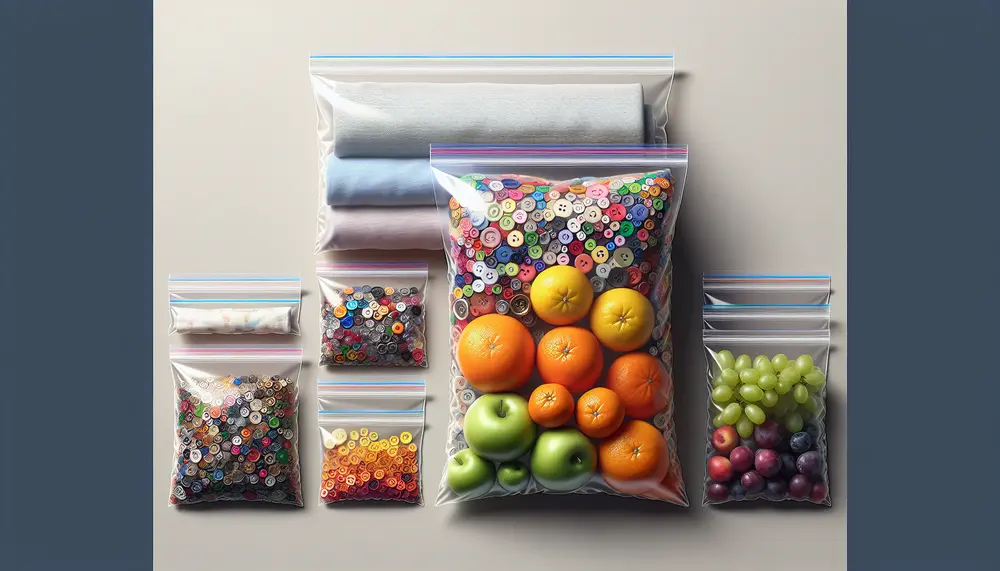
Ziplock packaging bags offer a versatile and sustainable solution for storage, organization, and transportation needs across various industries. They are reusable, come in different sizes with additional features, and advancements include recycled material options to reduce environmental impact. Recycled ziplock packaging...
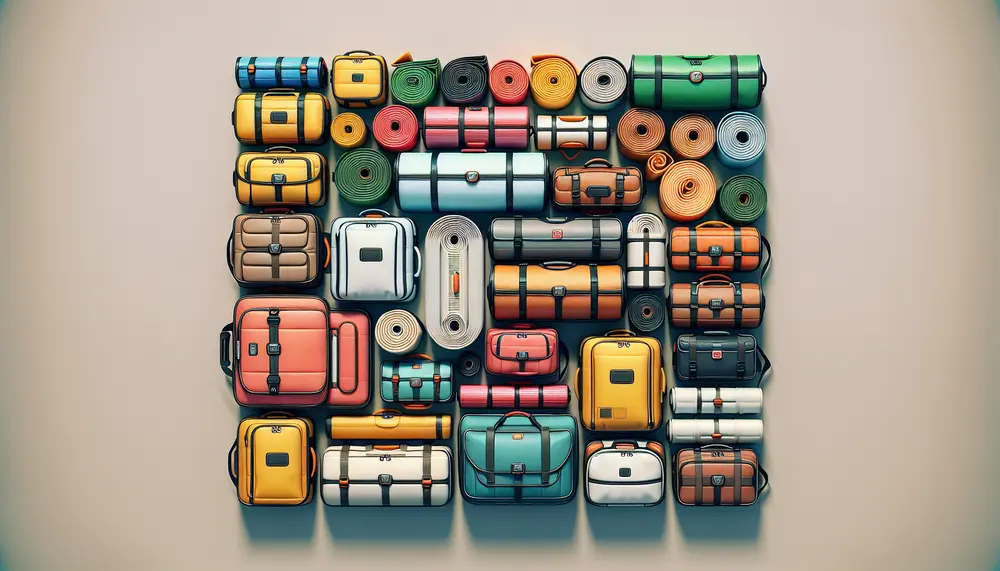
Roll bags, made from HDPE for strength and moisture resistance, are versatile and convenient for storage and packaging in various settings due to their easy dispensing design. They're portable, clear for labeling, resilient against leaks, fitting into roll bag dispensers...
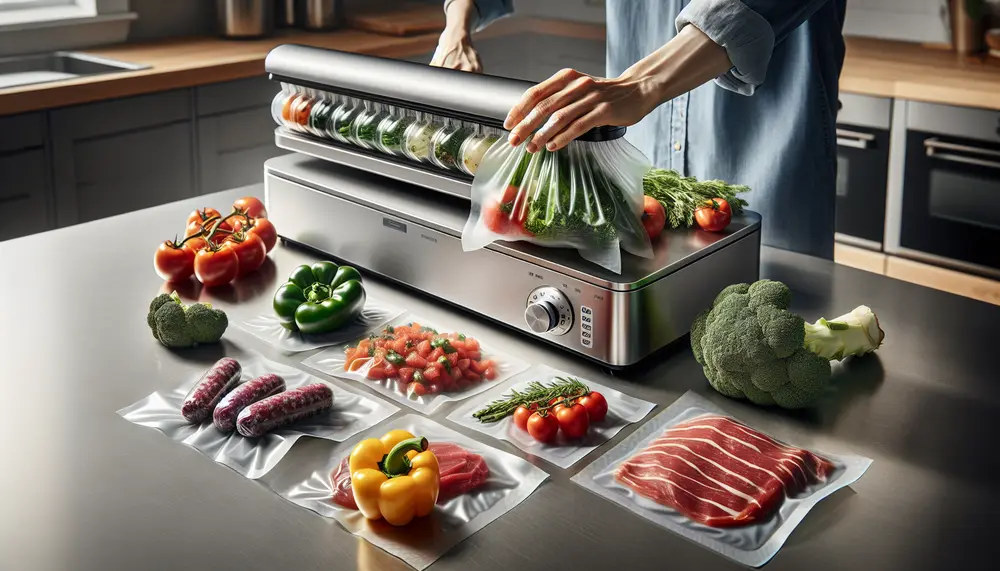
Vacuum sealers extend food shelf life, prevent freezer burn, maintain quality and flavor, aid in portion control and meal planning, reduce waste, and save storage space. However, they come with initial costs for the machine and bags which can be...

Antipasti cups combine elegance and functionality, offering a creative way to serve appetizers with style. The guide covers choosing materials, balancing aesthetics and practicality, filling ideas, wine pairings, and step-by-step instructions for making the cups....
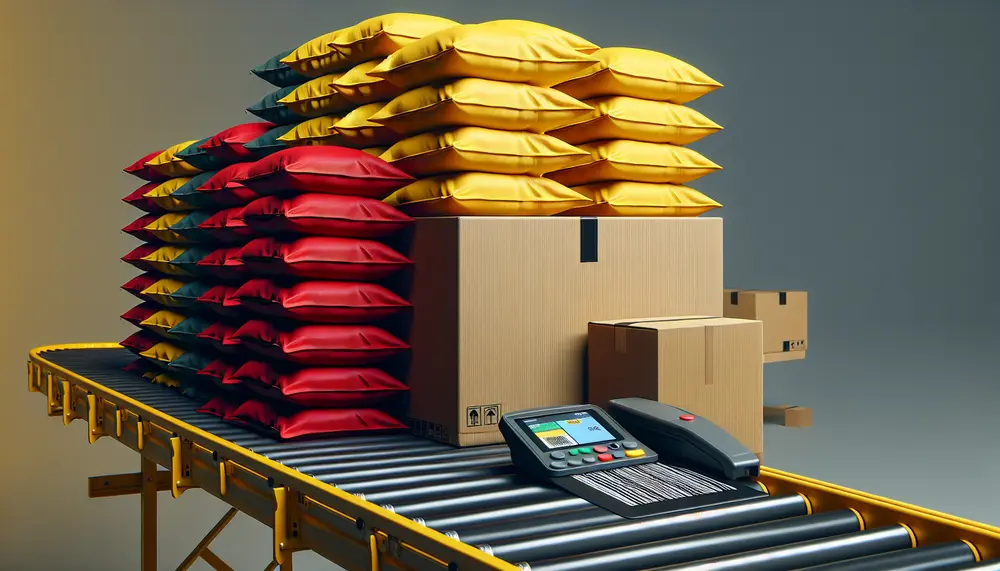
DHL-certified shipping bags ensure secure and environmentally responsible delivery, meeting global standards with features like tamper-evident seals. Proper packaging is crucial for safe transit, optimizing space and maintaining shipment integrity, while certified bags offer security but may incur additional costs...
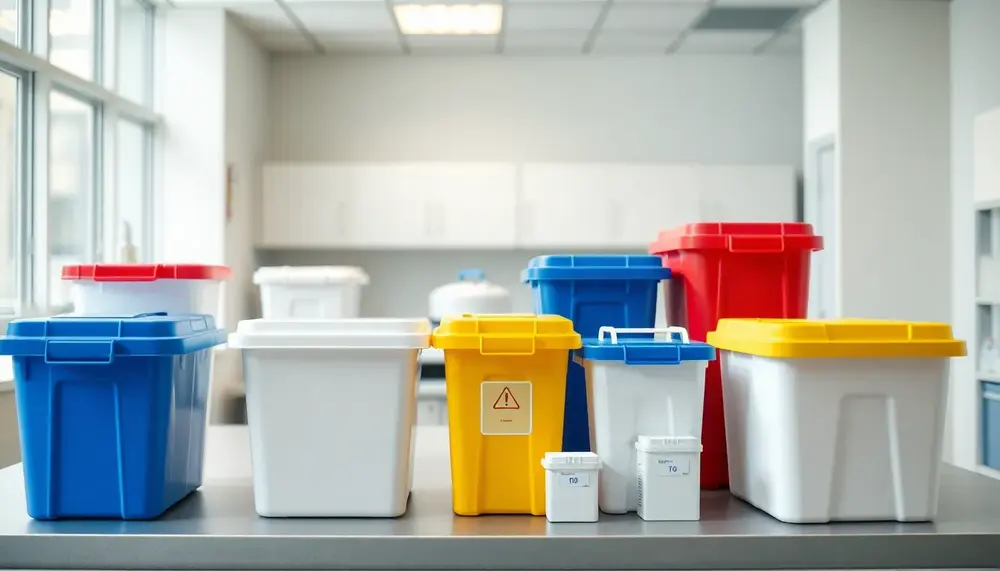
Pharmaceutical waste containers are essential for safely managing hazardous and non-hazardous pharmaceutical waste, protecting public health, the environment, and ensuring regulatory compliance. Choosing the right container involves understanding waste types, prioritizing features like durability, secure lids, clear labeling, and proper...

Fish foil packaging preserves seafood quality by locking in flavor and moisture, protecting against contaminants, and is versatile for storage and cooking. However, it varies in material properties like thickness and food safety standards; sustainability-focused options are available but recycling...
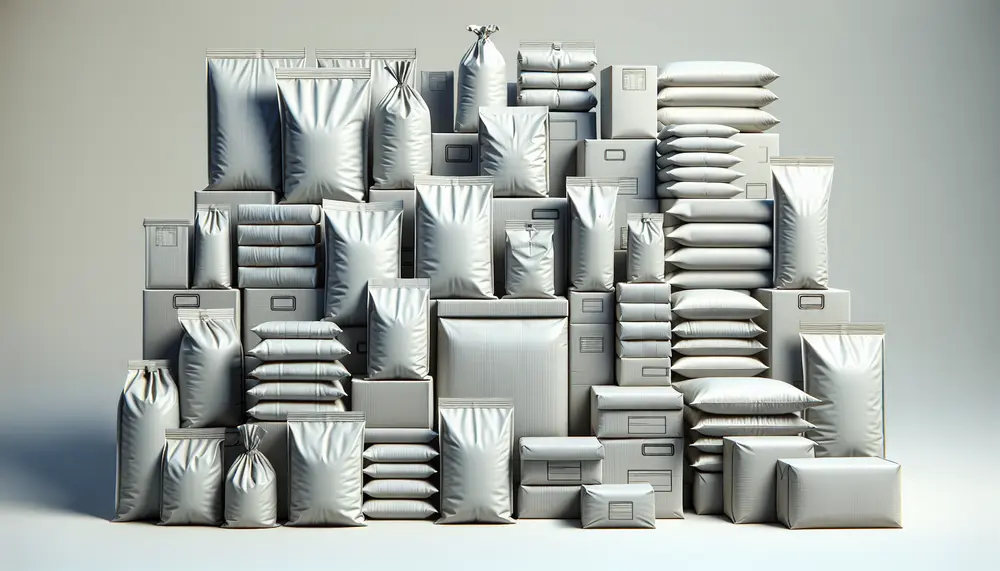
Safebags offer enhanced protection for belongings during travel and transit, deterring theft and environmental damage with advanced materials and sealing techniques. They are essential in global commerce, user-friendly, provide peace of mind, and come in various sizes to suit different...
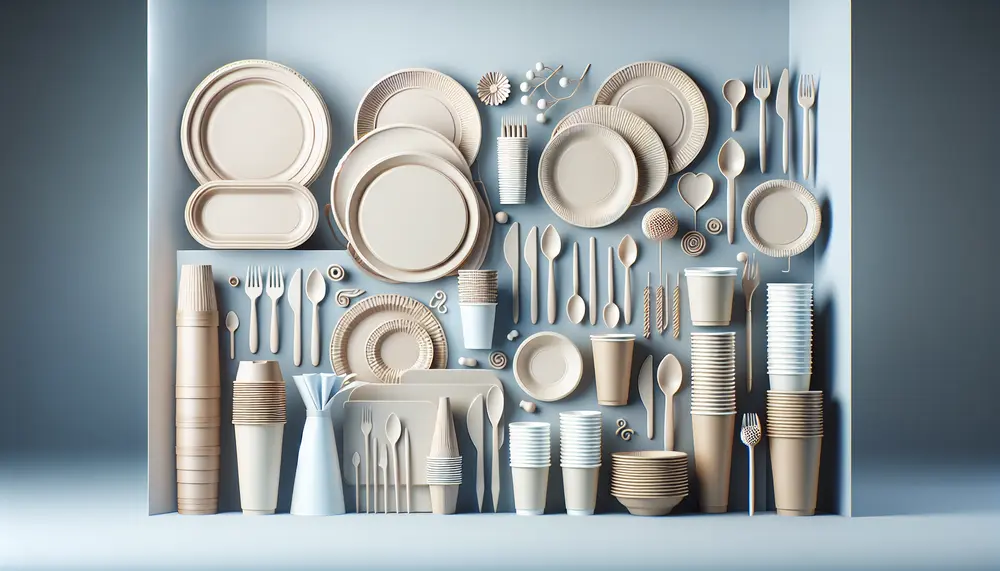
Disposable tableware has evolved to offer both convenience and style, with a variety of designs suitable for different events. It balances functionality with aesthetics, providing durable options that can handle various foods while enhancing the dining experience. Choosing the right disposable...

Heavy duty food packaging trays use reinforced materials, advanced barriers, and smart design to keep food fresh, safe, and intact during storage or transport. Their material selection and innovative features ensure hygiene and durability for catering, takeout, schools, and more....
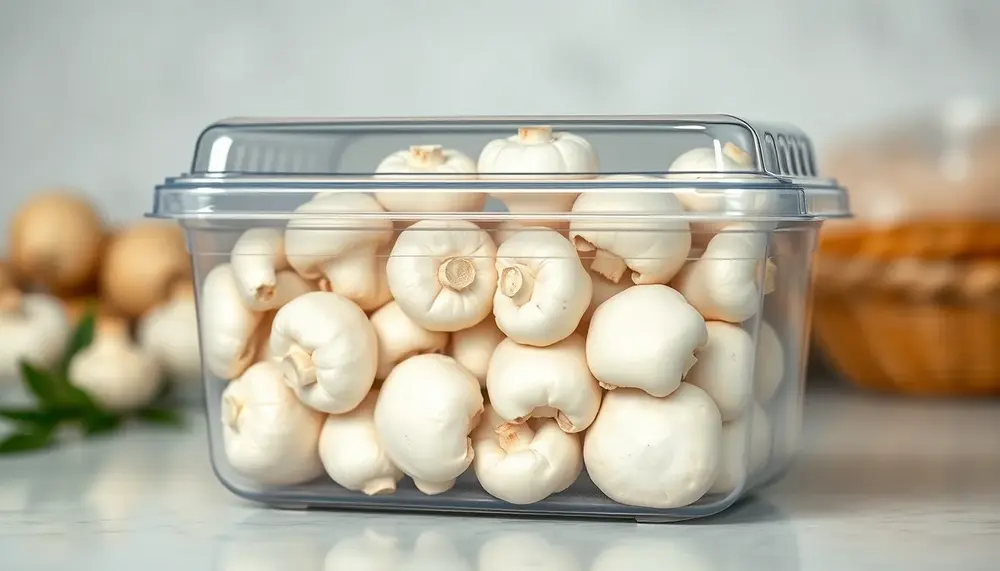
Maintaining mushroom freshness during packaging is complex, requiring careful control of respiration, moisture, microbial risks, and environmental gases. Success depends on precise harvest timing, gentle handling, optimal humidity and temperature conditions, strict hygiene practices, and selecting tailored packaging materials to...
